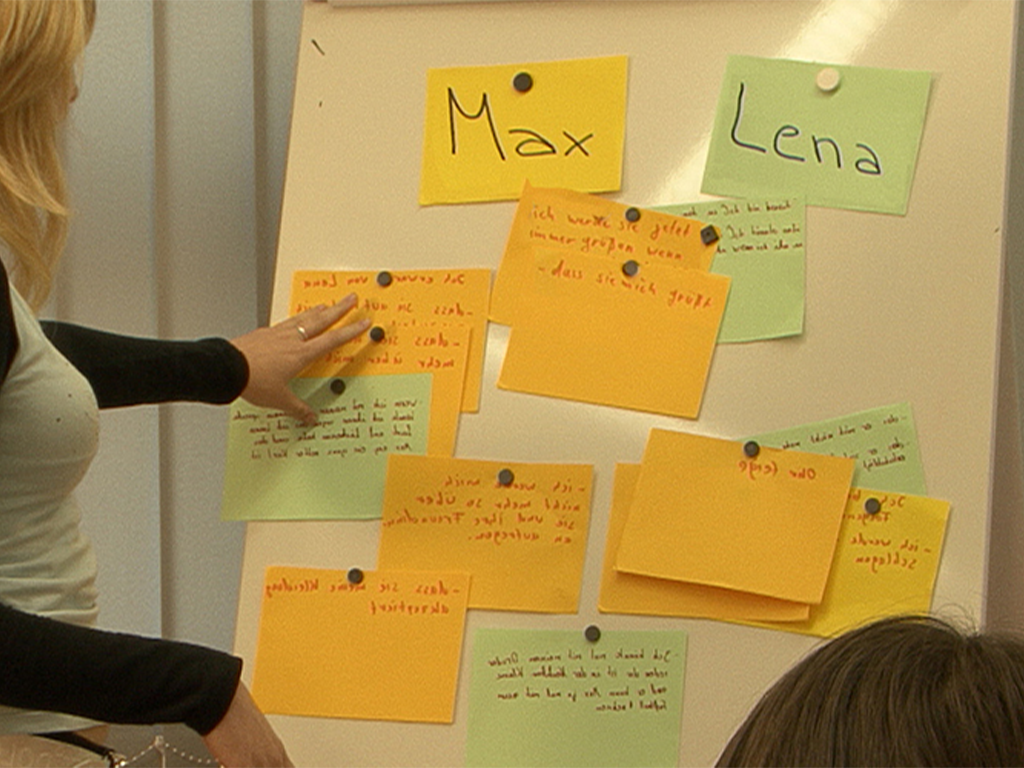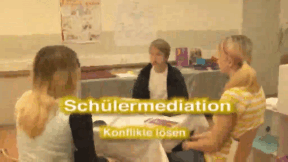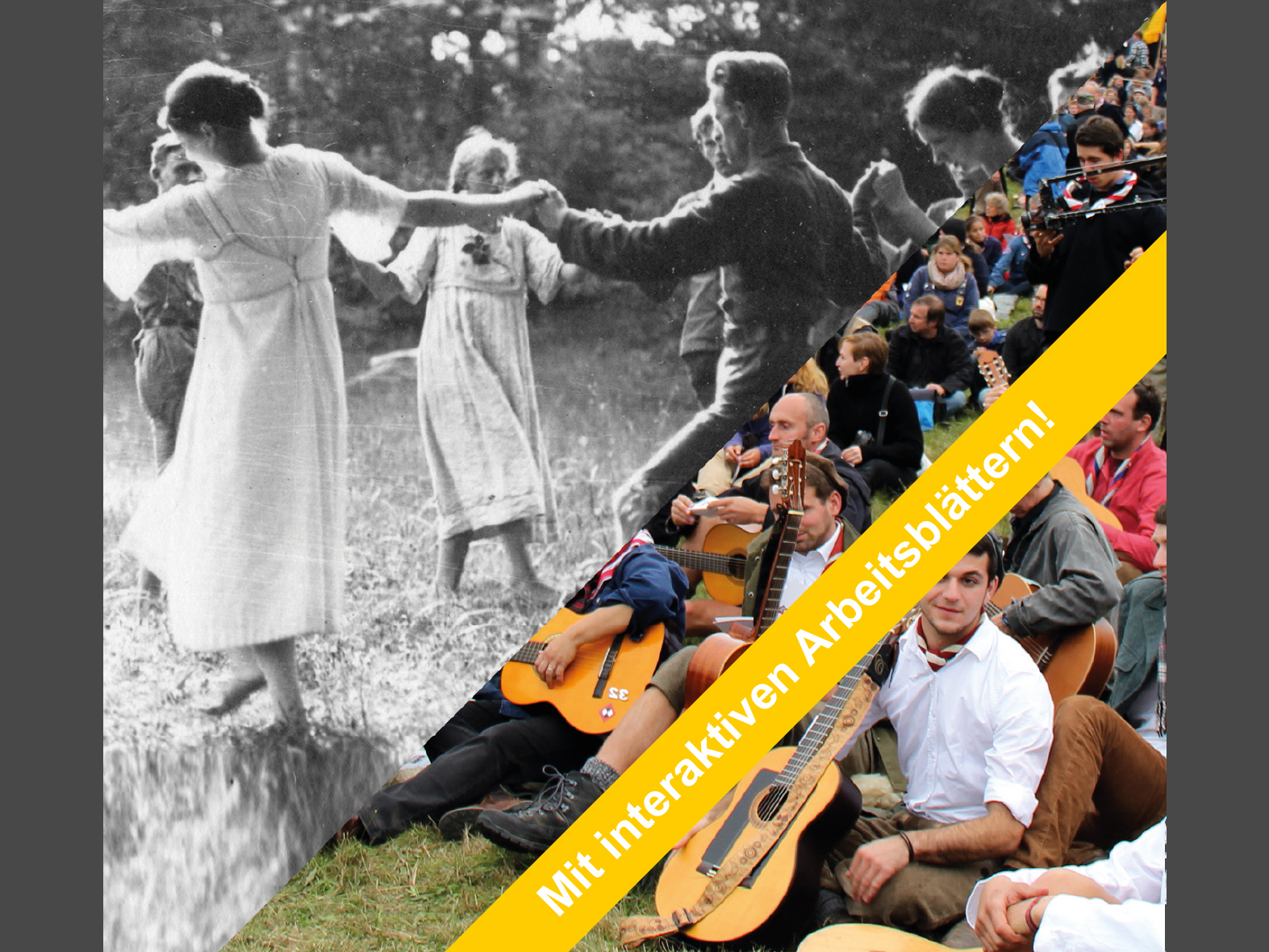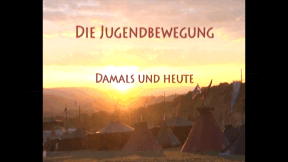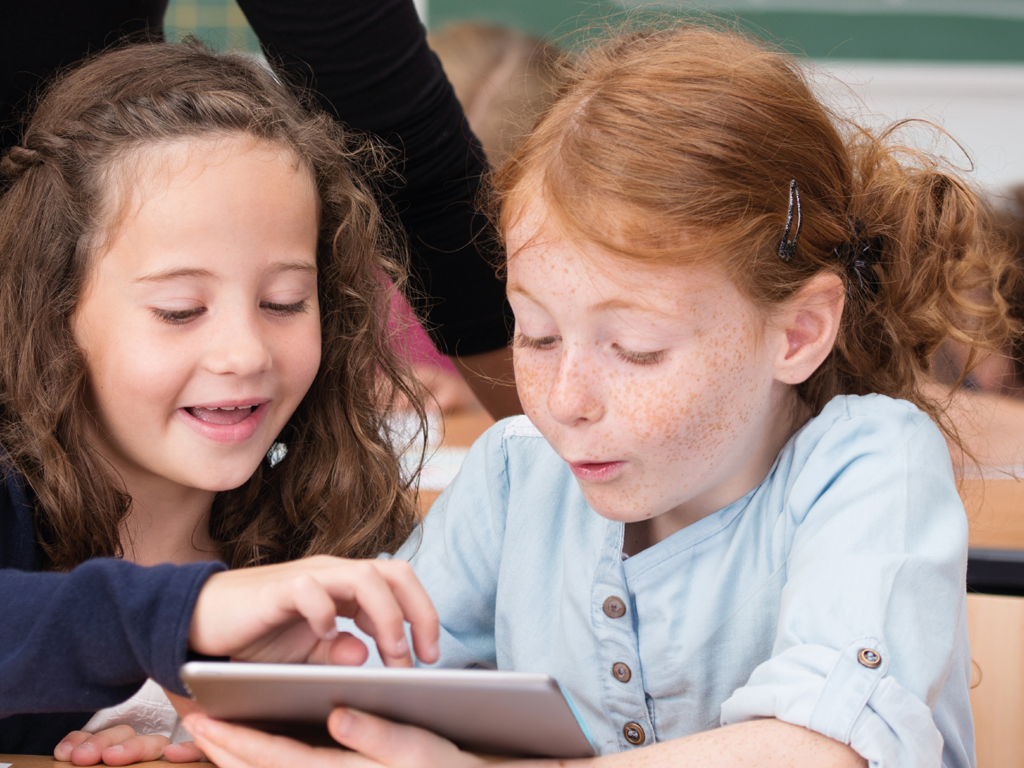 Geography
Geography

4667676 / 5558935
The River Elbe
Major European Rivers
Its catchment area is almost as large as 40 % of the surface area of Germany; it is 1.094 kilometres long: the River Elbe. In impressive nature pictures the multifaceted course of the Elbe from its source in the Giant Mountains to its estuary in the North Sea is shown. The division of the Elbe into its sections is just as precisely documented as its most important tributaries. In the first part of its upper reaches it flows in a wide arc through the Czech Republic, where it is called Labe. It cuts across impressive landscapes such as the Bohemian Switzerland and after the German border the Saxon Switzerland. During its course it flows through historically and culturally important cities. Dresden, with its famous monuments and bridges, is the first metropolis. Steeped in history, the cities of Meissen, Torgau und Wittenberg follow. Now the Elbe River follows the course of the glacial valleys. From Magdeburg its course runs towards Hamburg. The various facets of the seaport metropolis are illustrated. Eventually the film accompanies the River Elbe on its last section – to the North Sea until Cuxhaven. Together with the extensive additional material the DVD is ideally suited for use in the classroom.
Play trailer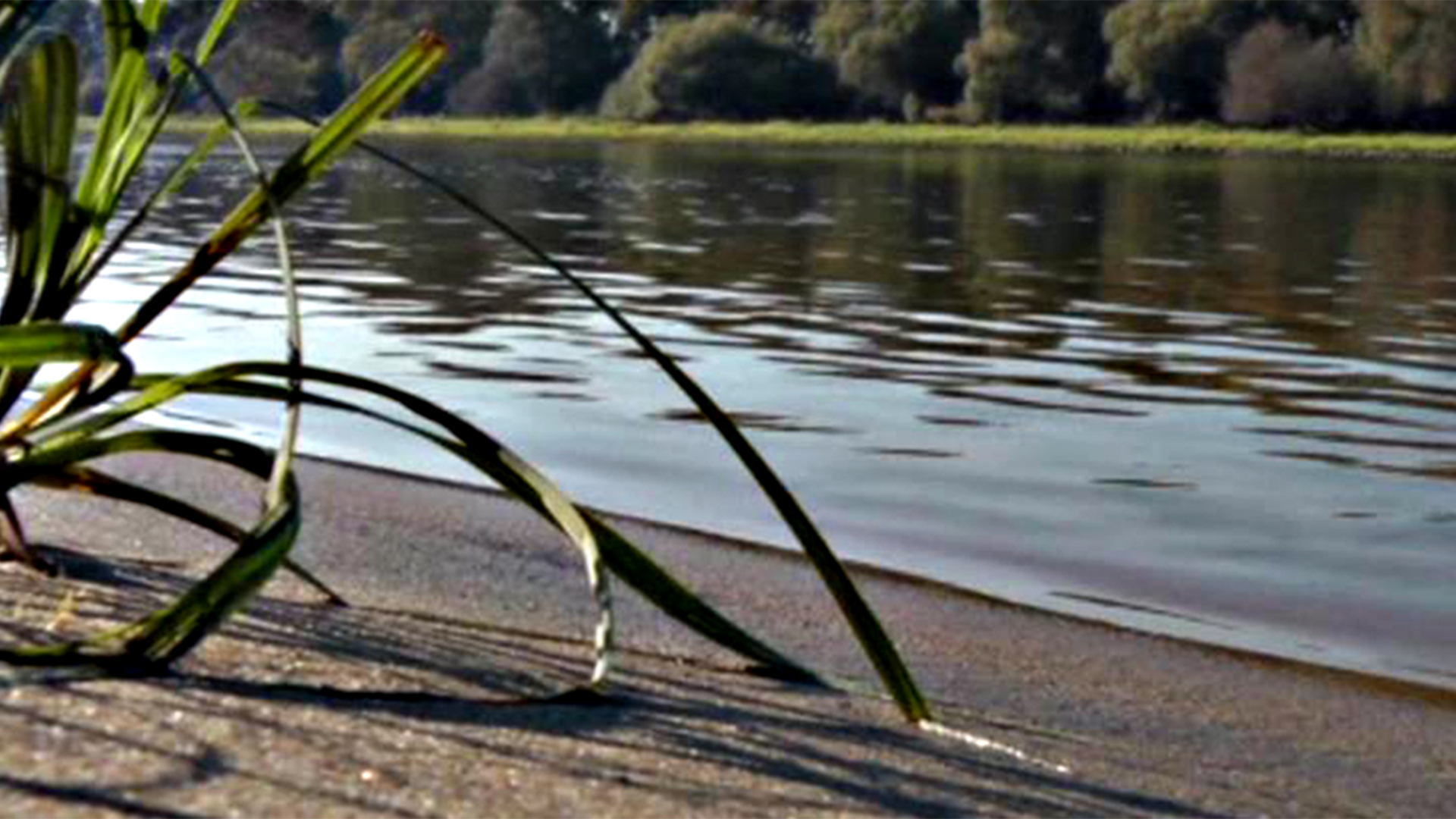
Curriculum-centred and oriented towards educational standards
Matching
Peer Mediation
Lena and Max attend the 7th form. Max is new in class. During a break, Max notices that Lena and her friend are laughing at him again. Max loses his temper! He slaps Lena in the face. That hurts and Lena runs back into the classroom with a red cheek. The growing conflict between the two has escalated. Just like Lena and Max, every day pupils all over Germany have rows with each other. At the Heinrich Hertz Gymnasium in Thuringia, pupils have been trained as mediators for years. At set hours, they are in a room made available by the school specifically for mediation purposes. The film describes the growing conflict between Max and Lena and shows a mediation using their example. In doing so, the terms “conflict” and “peer mediation” are explained in a non-technical way. The aims of peer mediation and its progress in five steps as well as the mediators’ tasks are illustrated. The art of asking questions and “mirroring”, which the mediators must know, is described and explained. Together with the comprehensive accompanying material, the DVD is a suitable medium to introduce peer mediation at your school, too.
Youth Movement
Dancing until your feet hurt: Here, at the meeting on the Hoher Meissner near Kassel, 3,500 participants from Boy Scout associations, youth and Wandervogel groups from all over the German-speaking region have gathered. They want to celebrate, simply get to know each other and commemorate a historic anniversary.
Mobile Learning II
Oh, what’s that? Original soundtrack Thissen: “As our children grow up in a media world and naturally handle the media, they should also be a topic in school.“ An older child says the point is that they don’t just load down apps but create things themselves that haven’t existed so far. Hi, I’m Jana. A propeller hat. I’ll put it on. Now I’m no longer a simple rhino, but a flying rhino. Original soundtrack Thissen: “It’s exactly the great flexibility of tablets that promotes very personalised and adapted learning.” Original soundtrack Welzel: “It’s fascinating to see how the children grow with their products and how they always want to improve them.” The Westminster Abbey is a church in London for the royal family. Original soundtrack Welzel: “And?“ They think it is ok.




